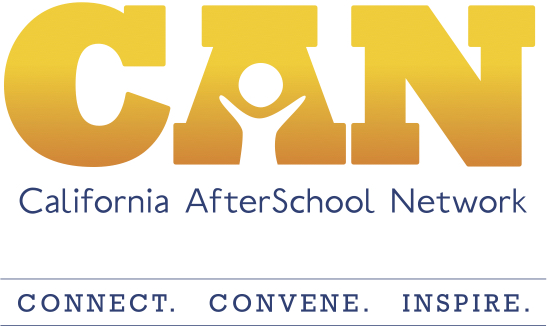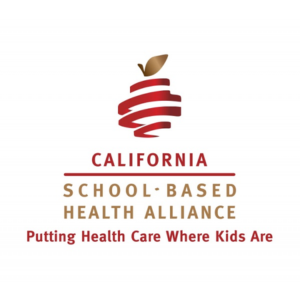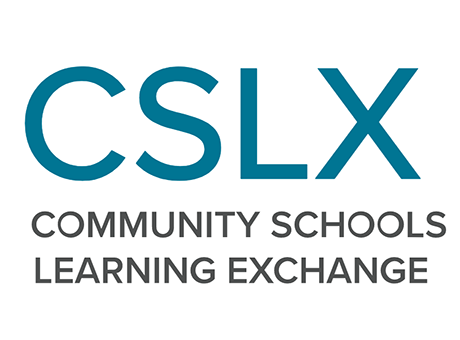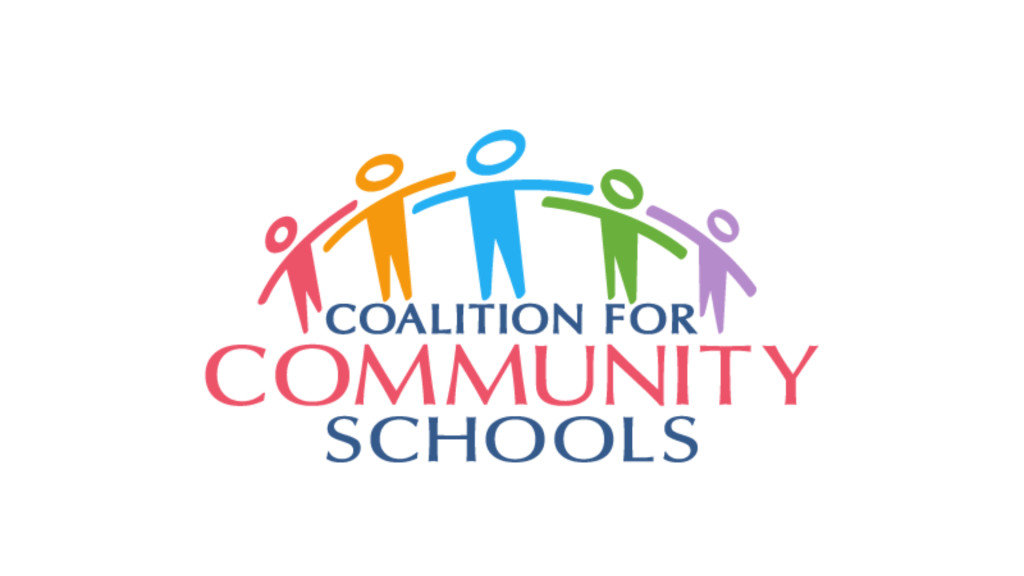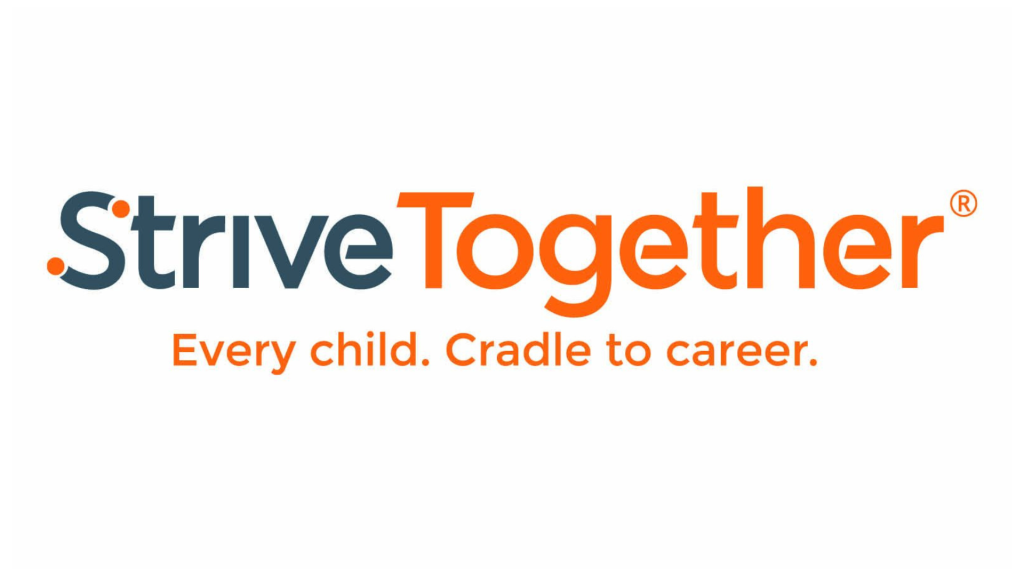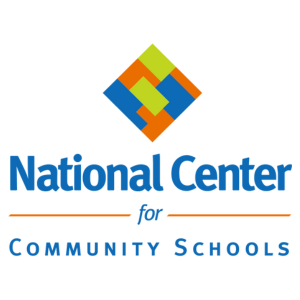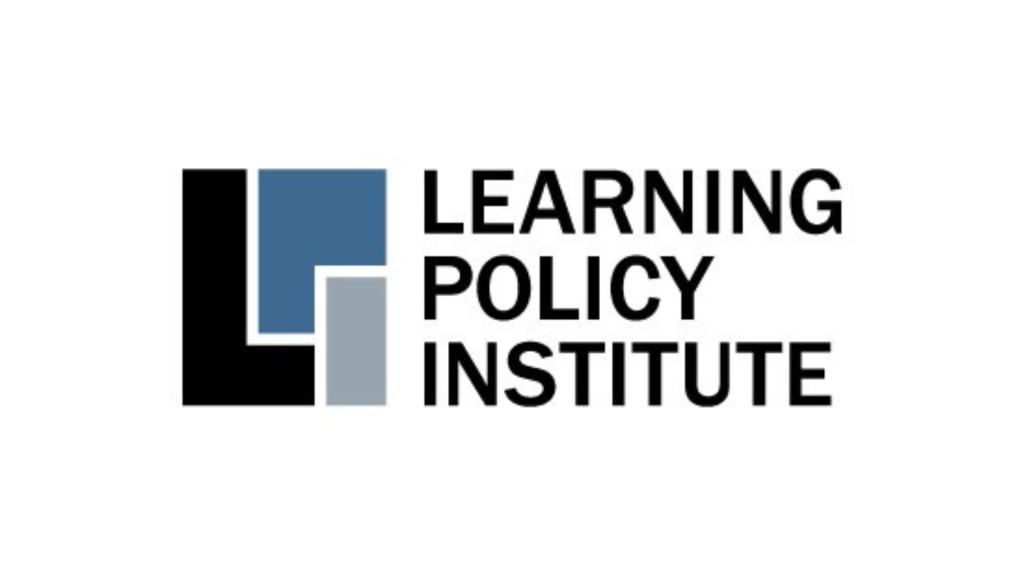ABOUT US
Welcome! The California Community Schools Partnership Program (CCSPP) provides an opportunity to transform schools into community hubs that deliver a whole child education. The CCSPP enables California to “build a cohesive statewide approach that mitigates the disparate impacts of COVID-19 on student learning, cognitive and social development, and emotional well-being.” It is designed to “accelerate efforts across the state to reimagine schools in ways that are aligned with the equity goals that support the hopes, dreams, and aspirations of California’s families.”
The CCSPP supports schools’ efforts to partner with community agencies and local government to align community resources to improve student outcomes and provide an integrated focus on academics, health and social services, youth and community development, and community engagement.
CCSPP Over the Years
Community schools are a century-old idea. In response to profound and persistent inequities in educational opportunities and outcomes, exacerbated by the COVID-19 pandemic, a growing number of states and local governments are reinvigorating this century-old concept, including California. In order to build a cohesive statewide approach that eases the distinct impacts of COVID-19 on student learning, cognitive and social development, and emotional well-being, the California Department of Education (CDE) has launched an initiative called the California Community Schools Partnership Program (CCSPP). This initiative is designed to accelerate efforts across the state to reimagine schools as empowering, racially-just, relationship-centered spaces where all students thrive–community schools.
- The Covid-19 pandemic exacerbated long-standing racialized inequities in the California education system.
- The California Partnership for the Future of Learning collaborated with over 20 grassroots and racial-justice organizations to conduct a listening campaign that engaged over 600 students and families from low-income communities of Color across 20 school districts.
- This campaign led to increased efforts to ensure that all California schools are racially just, relationship-centered spaces that involve students, families, educators, and the community in decision-making.
- The Governor and legislature respond to advocacy efforts by investing $45 million in grants for sustaining or expanding community schools.
- In July 2021, responding to advocacy and organizing efforts, the California Legislature passed the historic California Community Schools Partnership Program (CCSPP), allocating $3 billion to establish new and expand community schools through June 2028.
- The California Department of Education begins the work of implementing the CCSPP, and students, families, and communities organize to ensure that implementation is equitable and aligned with the needs and assets of those most marginalized by the current education system.

- In 2022, the California Legislature adds an additional $1.1 billion for a total of $4.1 billion for the CCSPP and extending funding through June 2031.
- In January 2022, the California State Board of Education (SBE) adopted the California Community Schools Framework. The Framework incorporates many of the key priorities identified by the community as essential to creating racially-just community schools.
- In May 2022, the SBE unanimously approves the first round of planning and implementation grants to 265 school districts, county offices of education and charters, totaling $635 million.
- The SBE also names the Alameda County Office of Education, in partnership with UCLA Center for Community Schooling, National Education Association and Californians for Justice as the State Technical Asssistance Center (STAC).
- The STAC changes its name to the State Transformational Assistance Center to signal that the community schools strategy is a collaborative and innovative approach to public schooling that reimagines schools as communities capable of disrupting social inequality.
- In November 2022, the SBE establishes a network of community schools by naming and approving eight county offices of education that will serve as Regional Technical Assistance Centers (RTACs).
- In March 2023, the SBE approved a second round of planning grants to 226 school districts, county offices of education and charters, totaling $45 million.
- In May 2023, the SBE approved a second round of implementation grants to 128 school districts, county offices of education and charters, totaling $751 million.
- The S-TAC expands its support of CCSPP grantees by collaborating with newly established R-TACs, hosting an Empower Summit, engaging students, parents, and community members in decision-making spaces, and producing resources aligned with the CCS Overarching Values.

- A third round of implementation grants will be awarded in Spring 2024.
- A statewide evaluator will be named to assess the growth and progress of the CCSPP.
- CCSPP Extension Grants, for CCSPP Implementation grantees, to extend funding for an additional two years will be awarded beginning in 2025. The grant awards are up to $100,000 annually.
The S-TAC
The Alameda County Office of Education (ACOE) has been named the State Transformational Assistance Center (S-TAC) for CCSPP in partnership with the UCLA Center for Community Schooling, National Education Association (NEA) and Californians for Justice (CFJ). Together, all are working toward the improvement of schools using equity-enhancing strategies to align community resources with student needs.
R-TACs
Eight Regional Technical Assistance Centers (R-TACs) were identified by the Department of Education to support the ongoing planning and implementation of the California Community Schools Partnership Program. The eight regional centers support California’s vast regional areas.
The R-TACs are listed below and links to their websites are forthcoming.
Use the map to see which R-TAC serves your county and access contact information!
- Find your county on the map, and then click on the Star icon with the corresponding color to see contact information for your R-TAC.
- Example: Butte County has a light blue dot, and their R-TAC, Northern California, has a light blue star!)
- Google Map can also be accessed here.
- Contact information for the R-TACs can be accessed here.
Northern California
Shasta COE
Butte, Del Norte, Glenn, Humboldt, Lake, Lassen, Mendocino, Modoc, Plumas, Shasta, Siskiyou, Tehama, and Trinity
Capitol Area
Sacramento COE
Alpine, Colusa, El Dorado, Nevada, Placer, Sacramento, San Joaquin, Sierra, Solano, Sutter, Yolo, and Yuba
Bay Area
Santa Clara COE
Alameda, Contra Costa, Marin, Napa, San Francisco, San Mateo, Santa Clara, and Sonoma
Central Coast
Monterey COE
Monterey, San Benito, San Luis Obispo, Santa Barbara, Santa Cruz, and Ventura
Central Valley
Fresno Valley COE
Amador, Calaveras, Fresno, Kern, Kings, Madera, Mariposa, Merced, Stanislaus, Tulare, and Tuolumne
Southern Inland
San Bernardino COE
Inyo, Mono, Riverside, and San Bernardino
Our Advisory Board
The S-TAC convenes an Advisory Board that includes ten leading experts in the Community Schools Movement who share a passion for and commitment to serving the whole child through a collaborative and democratic approach to transformational social change. The Board met five times in Year One to provide feedback on key deliverables and strategy.
Our Student Advisory Board
The S-TAC convenes a Student Advisory Board to empower students to co-create, plan and steer the transformative work of the CCSPP. The Student Advisory Board aims to ensure that youth are engaged in decision-making spaces and their perspectives and experiences are considered as Shared Power is one of the four Overarching Values of the CCSPP Framework.
Year 1
Students played a key role at the Empower Summit in June 2023. They co-planned, facilitated, and shared their experiences with over 1000 educators.
Students pictured from left to right: top row : Didi Okafor, Jai’reeice Jackson, Anjali Pooni, Kejuan “KJ” Montgomery. Bottom row: Mekenzie Reid, Satoinee Jackson, Sydney Lopez.

Year 2
During Year 2, the Student Advisory Board will be expanded to include students from each of the 8 CCSPP regions. Students will collaborate with their R-TAC to co-lead the CCSPP work in their region.
Deep Dive Transformation Partners
The S-TAC partners with three CCSPP implementation grantees to capture a “vertical slice” of the system from the practice-level to the policy-level (e.g., schools to R-TAC). The partnership aims to understand CCSPP implementation from a systems perspective and build evaluative and collective capacity to improve and transform using three primary strategies.
Anaheim Unified High School District
For over ten years, Anaheim Union has embarked upon a journey of coherence and improvement to create and sustain powerful spaces for teaching and learning for all their youth. Their CS Fellows share how their community schools approach enriches their ongoing transformational work.
Shasta County Office of Education
Our Shasta Community School Fellows represent an extensive geographic area in the northern most part of our state. Covering 15 counties and 24 school districts, the rural experience of these Fellows illuminates the innovative practices that make this consortium a leader in the implementation of the Community School strategy.
West Contra Costa Unified School District
At the center of their community schools work, West Contra Costa has created transformational collaborative spaces that elevate the contributions and knowledge of their families and students. Through the Community Schools strategy, WCCUSD has created networks that leverage cities and community-based partners to serve the needs of students in a holistic manner.






